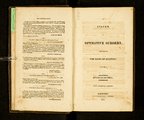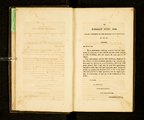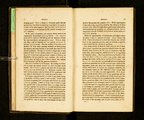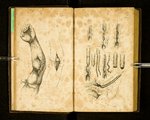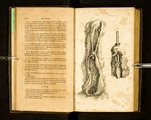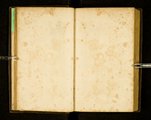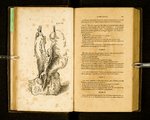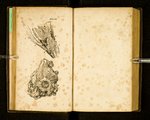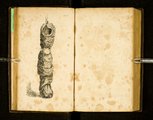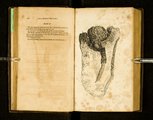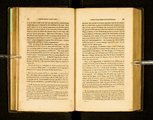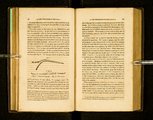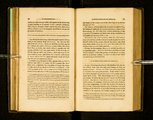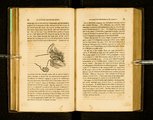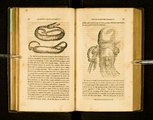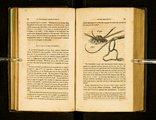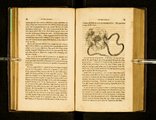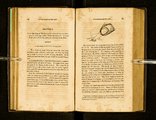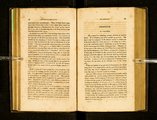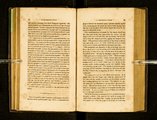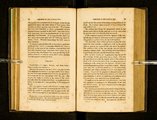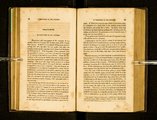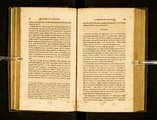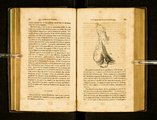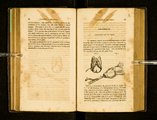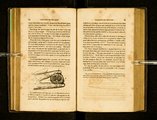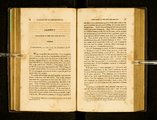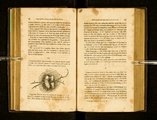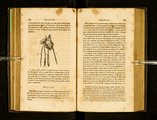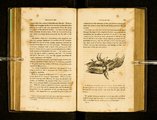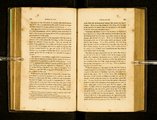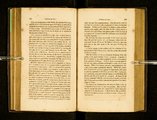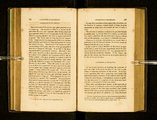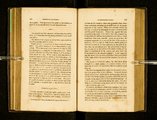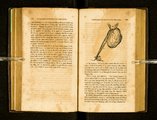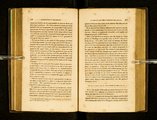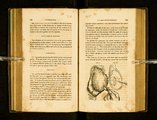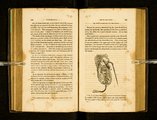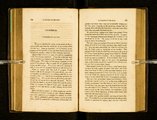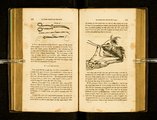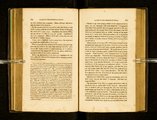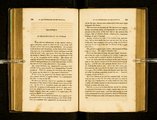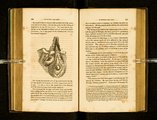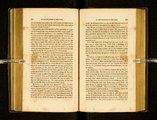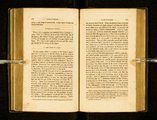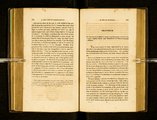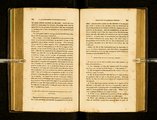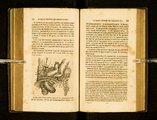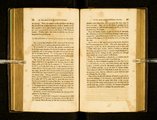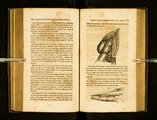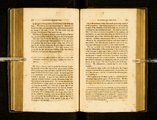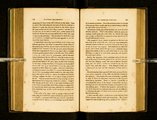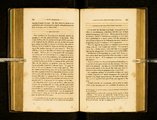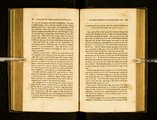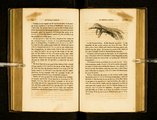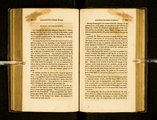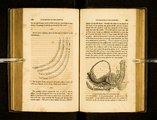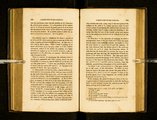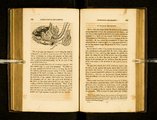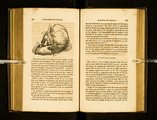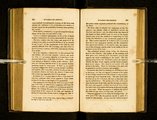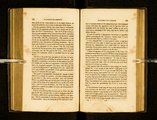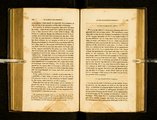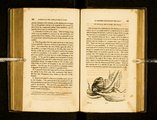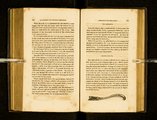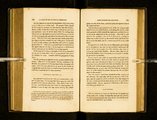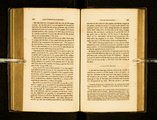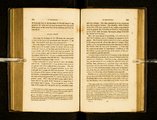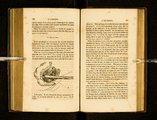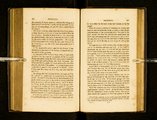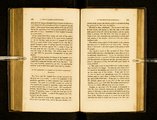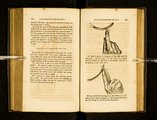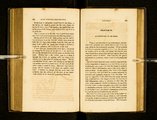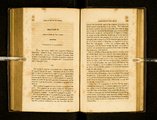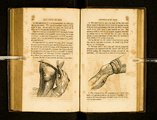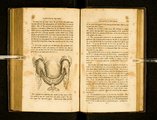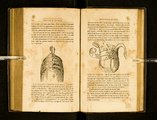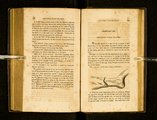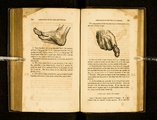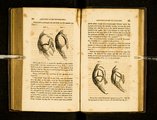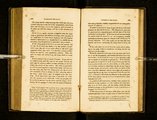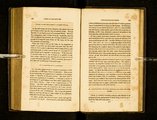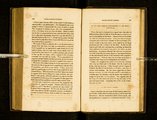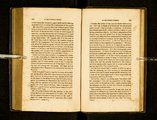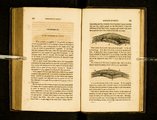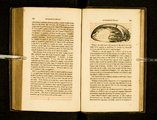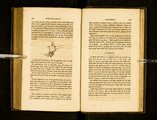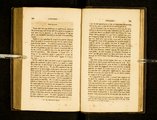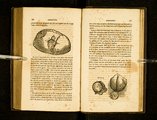| OCR Text |
Show 1?8 NECK or we site. um dilated; for it will not retract to its former limits, nor suti‘er to be pushed within the ring, without lying in unequal folds. From seeing so many subjects with small protrusions of the peritoneum through the openings of the belly, without any contents, and being persuaded that often there must be ' a hernia of the peritoneum (if I may use such an expression) before there is a hernia of the gut, I imagine part of the omentum has in this case been the substance which has carried these processes of the peritoneum under the ligaments or tendons. In the subjects of a dissecting room, we very often find small digital-like prolongations of the peritoneum, like the finger of a glove, stretching through the ring, and under the l'gament of the thigh: either these must precede the proper hernia, or the little sac is as yet of such a form that it does not admit of the piece of gut which forced it into this situation, to be retained or strangulated; for, as I have at- legtd, to strangulation it is necessary that the sac must pre~ viously admit of the distension of the gut. NECK OF THE SAC. As the body of the herniary sac increases in thickness and strength, so does the neck; and often the neck of the sac is thickened in a much greater degree than the lower part of the sac. It seems to me strange that any one should ask what produces this thickening in the neck of the sac, or how it comes to pass that the peritoneum should be a cause of _. . . " ‘..- ~...._. ._‘-\a. ."-"'"""" strangulation. My preparations assure me that it is so.-- But, besides, does not the delicate omentum, when inflamed and adhering, strangulate the gut ? Do we not see that part of the onientum which is in the neck of a hernia becon 3 firm, stringy, and of a tendinous strength 9 Do we not often find that the transverse cords, originally formed of the ceagulable NECK or THE sac. 1??) within) is always in some degree firmer than the natural peritoneum, and sometimes of a tendinous hardness .9 So that I have never seen the case where hernia could be with safety reduced without cutting it, the necessity of an operation being previously well marked. I will very boldly say, because I think I am bound to say, from what has fallen under my observation, that the neck of the sac must be cut as well as the tendon which surrounds it, and that of the two it will be better to cut the thickened sac, and leave the tendon uncut, than to cut the tendon and leave the neck of the sac to be dilated by means of compressing the gut in the herniary sac, and consequently distcnding it in the neck of the sac. The neck of the sac should always be so free that a gentle force can push the contents of the gut engaged in the hernia into the portion within the belly. I believe, in other words, it should admit the point of the finger by the side of the gut. I have assisted many in operation for hernia. On one occa= sion, the surgeon seemed fearful of wounding the epigastrtc artery, of which he had heard so much, and he attempted to push back the gut (which was free of inflammation and very natural), without cutting up the neck of the sac. After vainly attempting this, he was obliged to complete the operation in the usual way. The man did well for some time ; but on the third day he had untoward symptoms, and the belly swell-ed, with great pain. He died of peritoneal inllamma tion. The portion of the gut which was in the hernia is represented inverted in the adjoining plate. We see that all the inner coats are torn asunder, and the peritoneum only re- mains. In the peritoneum there is a small hole, which had given way by ulceration, after the reduction of the gut, and from which the contents of the intestines passed into the cavb ty of the peritoneum, and destroyed the man by inflammav lymph, do actually strangulate the intestines, and even cut them through? And shall we not allow that the neck of the sac (the most exposed to every possible excitement, and al- tion. This, then, is the consequence of boring the finger in: to the neck of the sac, and endeavouring to reduce the gut through too narrow an oritice. In the next plate I give the view of a gut burst at the place which had been grasped by ways suil'ering in an equal degree with any part contained the neck of the sac, in consequence, of its being reduced by |





